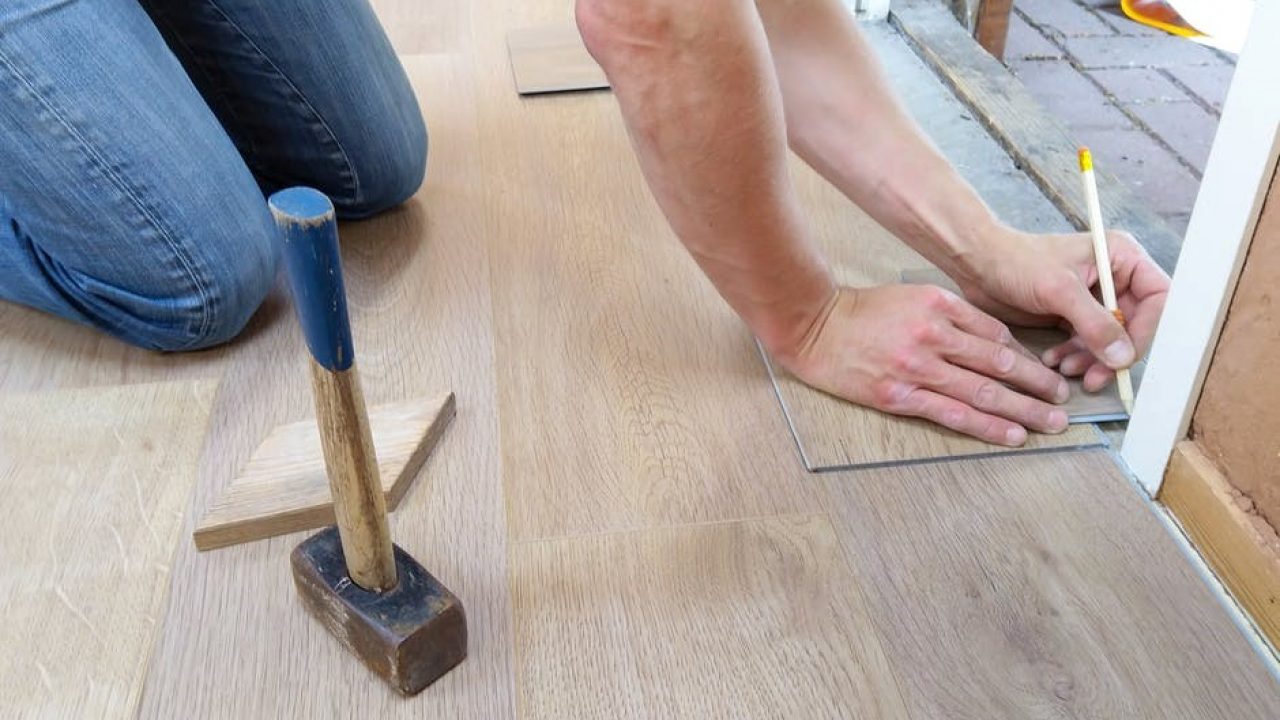Underfloor heating Unlike other heating systems, it neither looks nor takes up space. And as much as the decorative motifs are a compelling argument to opt for it, it is even more so that it provides uniform heat without having to reach very high temperatures (it works with a water temperature between 35º and 45º C, compared to 70 º C of the radiators) and that this makes it have a good performance. Underfloor heating by water has been recommended by the WHO, considering that it offers a sensation of unparalleled thermal comfort.
As this invisible heat is produced below the ground, the flooring must be carefully selected. We reveal what materials it wears best.
Most suitable flooring
Without a doubt, this is the most expensive heating system to install. And is that reforms will imply replacing the existing pavement, placing all the ducts below the ground and then putting the coating. But don’t be scared, especially if you feed it with renewables such as aerothermal, geothermal or in combination with solar technology. The investment will pay off in a few years. In addition, it must be taken into account that underfloor heating can offer to heat and, in addition, cooling.
Speaking of successfully choosing the flooring that best matches the radiant floor, you must take into account the thermal conductivity of the chosen option, or what is the same, the property of being quickly passed through by a flow of heat and, in this In this sense, stone or ceramic tiles work much better than, say, wood or cork.
Natural stones
Stone pavers are highly conductive, which makes them excellent for use with underfloor heating.
Ceramic
Like stone, ceramic tiles also match the invisible heating provided by underfloor heating, as they have lower thermal resistance than, for example, wood or synthetics. They also retain heat, thus making the system efficient.
The proposal included decorative flooring in coloured stoneware and terrazzo effect model Brenta de Vives in a 20 x 20 cm exploded view.
Laminates
Laminate floors imitate wood but are made of compact materials, which makes them harder and less flexible than wood. For this reason, most laminates are suitable for underfloor heating, although we recommend that you carefully check the specifications offered by the manufacturer. Also, remember that, as a general rule, the denser and thinner the planks of laminate flooring, the better they will conduct heat.
Another interesting aspect of this material is that if you want to give uniformity to the interior design, they can be used throughout the house, including kitchens and bathrooms; you just have to opt for a waterproof laminate floor.
Vinyl floors
The new generations of vinyl have nothing to do with the cheap and poor-quality product with which they have traditionally been associated. Instead, they offer excellent features, such as that they can be safely installed with underfloor heating and come in plank or tile formats. Please note, however, that vinyl is subject to a temperature restriction on the top floor, typically 27°C.
Continuous floors
We have discussed materials with greater or lesser breakdowns but not continuous pavements. For this modality, micro cement, for example, is compatible with underfloor heating. It is the option chosen by Cometa Architects, who have renovated an attic in Barcelona, and here we see an image of the bathroom.
Another possibility in continuous floors and, above all, ecological is alabaster plaster, which, apart from regulating the humidity, has very good thermal inertia; that is, it is a heat accumulator.
Materials not recommended
Generally, combining underfloor heating with wooden flooring, parquet, or cork floors is not advisable. However, we have been reporting that having little thermal inertia will make this heating system less efficient. In addition, they are sensitive to changes in temperature and humidity. In fact, before purchasing a floor, you should consult its technical file, in which you will find information about whether it is suitable for underfloor heating or not.
In this centennial apartment in Paris, herringbone parquet is laid throughout the house, including the kitchen, which has a striking metal island by the Italian firm Abimis.
Read more: Parquet: the quintessential wooden floor
Without sacrificing the look of wood
Those who are used to parquet may not want to lose the beautiful aesthetics that wood offers in interiors; this is not a problem as there are laminates, vinyl and ceramic tiles that recreate the grain and texture of natural wood but, in addition, offer the good thermal conductivity which is recommended when installing thermal flooring. Another solution is to install wooden floors and radiant heating in walls and/or ceilings.
Given that underfloor heating is practically compatible with all types of flooring, finally, in case you were still not convinced about the virtues of underfloor heating, we summarize its main advantages over other heating systems:
Improvement of thermal comfort results in the health of the inhabitants of the home because the temperature is homogeneous, and there is an absence of air currents, apart from the fact that dust is not generated.
Less need for energy, which leads to savings on the bill.
Reduction of CO2 emissions, so it is a very ecological air conditioning (remember that it can be coolant, and then the water circulates at about 16º C) that achieves improvements in energy certification when it comes to reforms.
Invisible, as embedded in the ground, it offers more usable space in the home than radiators and does not leave grilles or splits visible, like air conditioners with a heat pump.
It is a system that does not generate noise when it is running.







